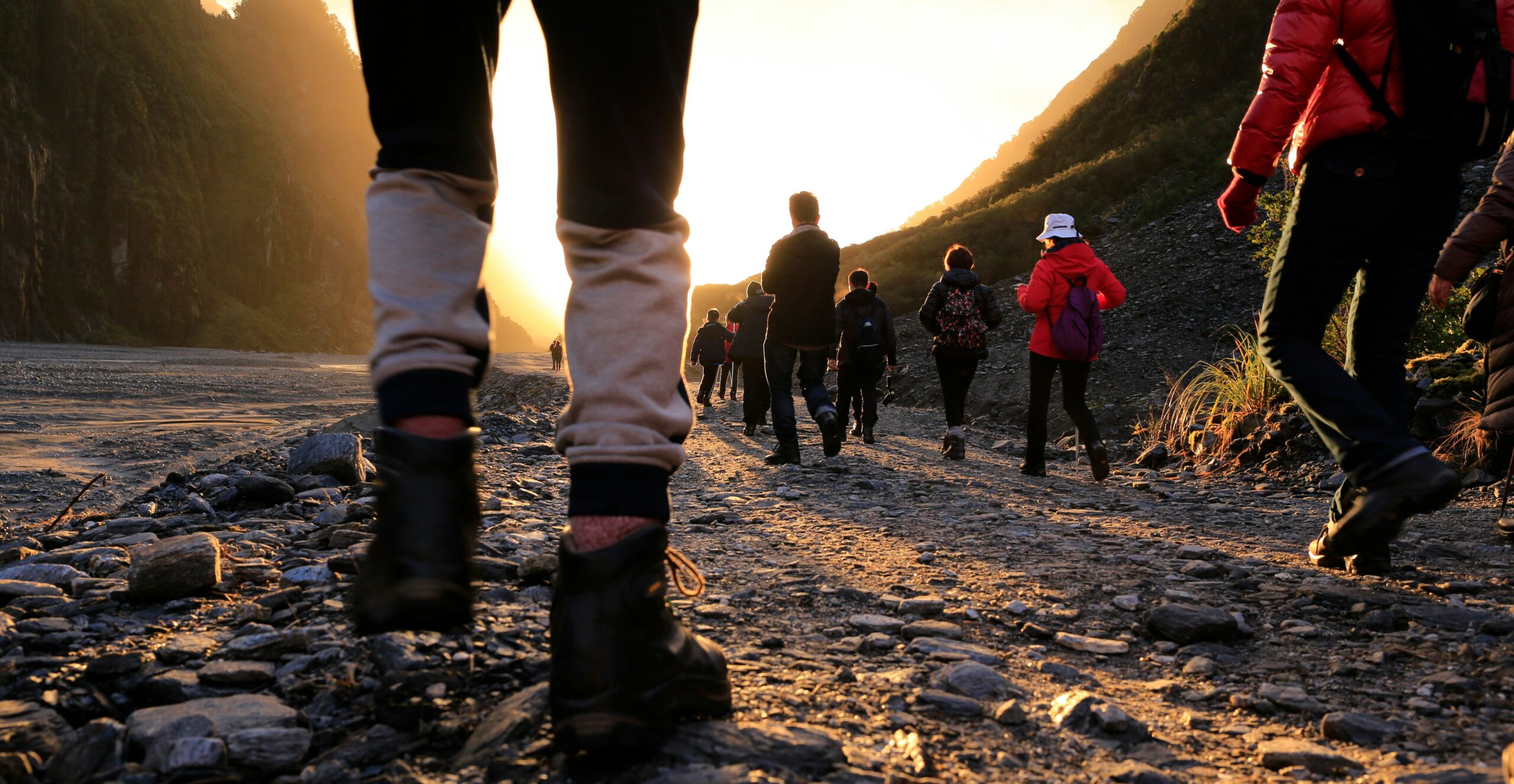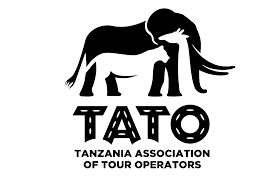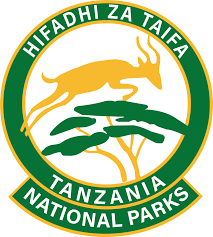The Marangu Route, often referred to as the “Coca-Cola Route,” is one of the most popular trekking routes for climbing Mount Kilimanjaro. It stands out due to its unique hut accommodations, unlike the other routes which typically require camping. This route is generally seen as easier because it has a gradual ascent and shorter daily hiking distances. However, it still presents significant challenges, particularly due to the high altitude. The ultimate goal is to reach Uhuru Peak at an elevation of 5,895 meters (19,341 feet), and although the route is considered more straightforward, success in reaching the summit is not guaranteed.
Success Rate of the Marangu Route
The success rate for the Marangu Route can vary significantly based on various factors such as the duration of the trek, the climbers’ health and fitness levels, and how well they acclimatize to the high altitude. On average, the success rate for reaching the summit on this route is about 60-70%. Although it is considered one of the more accessible routes, it still requires a good level of fitness and proper preparation.
Key Factors Affecting the Success Rate
Acclimatization Time
One of the major drawbacks of the Marangu Route is its limited acclimatization time. The typical trek lasts 5 days, which provides minimal time for climbers to adjust to the thinner air at higher altitudes. Altitude sickness is one of the primary reasons for summit failure on this route. Many climbers opt for extended itineraries, adding an extra day or two for better acclimatization. With more time to adjust, climbers increase their chances of reaching the summit.
Climbing Speed
Although the route has a gradual ascent, the shorter hiking days may tempt climbers to increase their speed. However, it is crucial to maintain a steady pace and take frequent breaks to allow the body to adjust. Rushing through the trek can lead to altitude sickness, which often hinders summit success. Climbers should prioritize pace over speed for a safer, more sustainable climb.
Physical Fitness
Even though the Marangu Route is considered less physically demanding than other routes, physical fitness remains an important factor for success. The route includes steep sections near the summit that require stamina, particularly as climbers approach Uhuru Peak. Being well-prepared physically helps maintain energy levels and stamina throughout the journey.
Weather and Timing
Weather conditions can greatly affect the success rate on the Marangu Route. Climbing during the rainy season, from March to May, can present additional challenges, such as slippery trails and cold temperatures. Climbers are advised to avoid these months and aim for the dry season from January to March or June to October for more favorable weather conditions.
Group Dynamics and Support
A supportive group and experienced guides can positively impact success rates. The Marangu Route tends to attract climbers looking for a more social experience due to the hut accommodations. Having the right group dynamic and the guidance of knowledgeable, experienced professionals can boost morale and increase the chances of successfully summiting Kilimanjaro.
Advantages of the Marangu Route
- Comfortable Accommodation: The Marangu Route offers hut accommodations instead of camping, which can be a significant advantage for climbers seeking comfort at high altitudes.
- Shorter Duration: The route is completed in just 5 days, making it a suitable choice for climbers who have limited time but still want to attempt the summit.
- Easier Terrain: The gradual ascent of the Marangu Route makes it less physically demanding than steeper alternatives, such as the Machame or Lemosho routes.
Disadvantages of the Marangu Route
- Limited Acclimatization Time: The 5-day duration of the Marangu Route leaves minimal time for proper acclimatization, which increases the likelihood of altitude sickness.
- Higher Chance of Altitude Sickness: The lack of sufficient acclimatization makes the Marangu Route prone to altitude sickness, a primary factor in summit failure.
- Crowded: As one of the most popular routes, the Marangu Route can be crowded, especially during peak climbing seasons. This might reduce the sense of solitude and increase the likelihood of delays.
Increasing Your Success Rate
To increase your chances of success on the Marangu Route, consider the following:
- Consider a Longer Itinerary: Some tour operators offer 6-7 day itineraries for the Marangu Route. This additional time allows for better acclimatization and increases the chances of reaching the summit.
- Train for the Climb: Prepare physically with endurance training, including cardio and leg strengthening exercises. The more fit you are, the easier the trek will be.
- Focus on Acclimatization: Ensure you give your body time to adjust to the altitude by maintaining a steady pace and staying hydrated. Pay attention to early symptoms of altitude sickness and report them to your guide immediately.
- Choose the Right Time: Climb during the dry season for the most favorable conditions, avoiding the rainy season from March to May.
- Stay Positive: Mental strength is a huge part of climbing Kilimanjaro. Stay motivated, trust your preparation, and follow your guide’s advice to stay focused on the summit.
The Marangu Route is one of the most popular paths for summiting Mount Kilimanjaro, and its success rate ranges between 60-70%. While the route offers comfortable accommodations and a gradual ascent, the limited acclimatization time poses a significant challenge. With the right preparation, training, and mindset, many climbers successfully reach Uhuru Peak. Whether you choose the Marangu Route or another path, ensuring proper acclimatization, physical conditioning, and a positive attitude will increase your chances of achieving this incredible feat.













